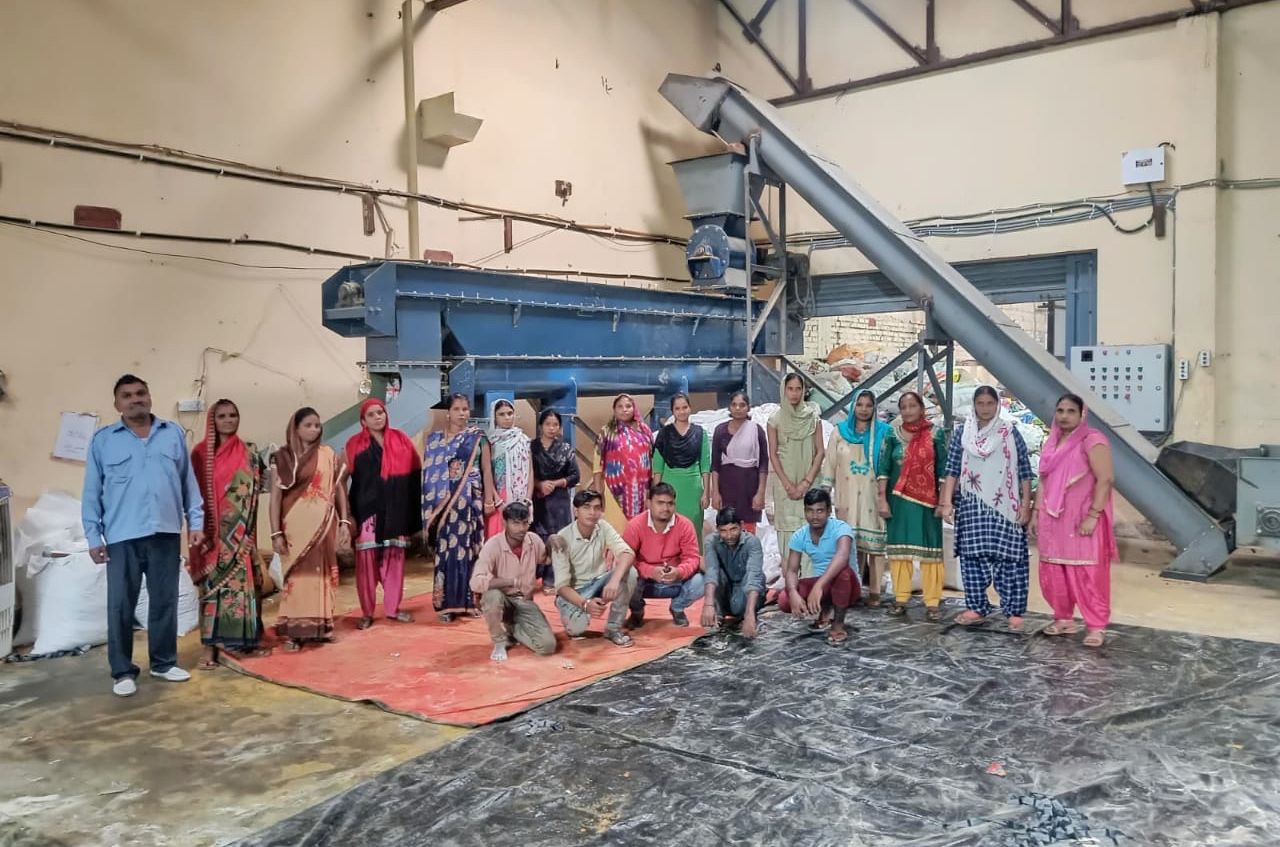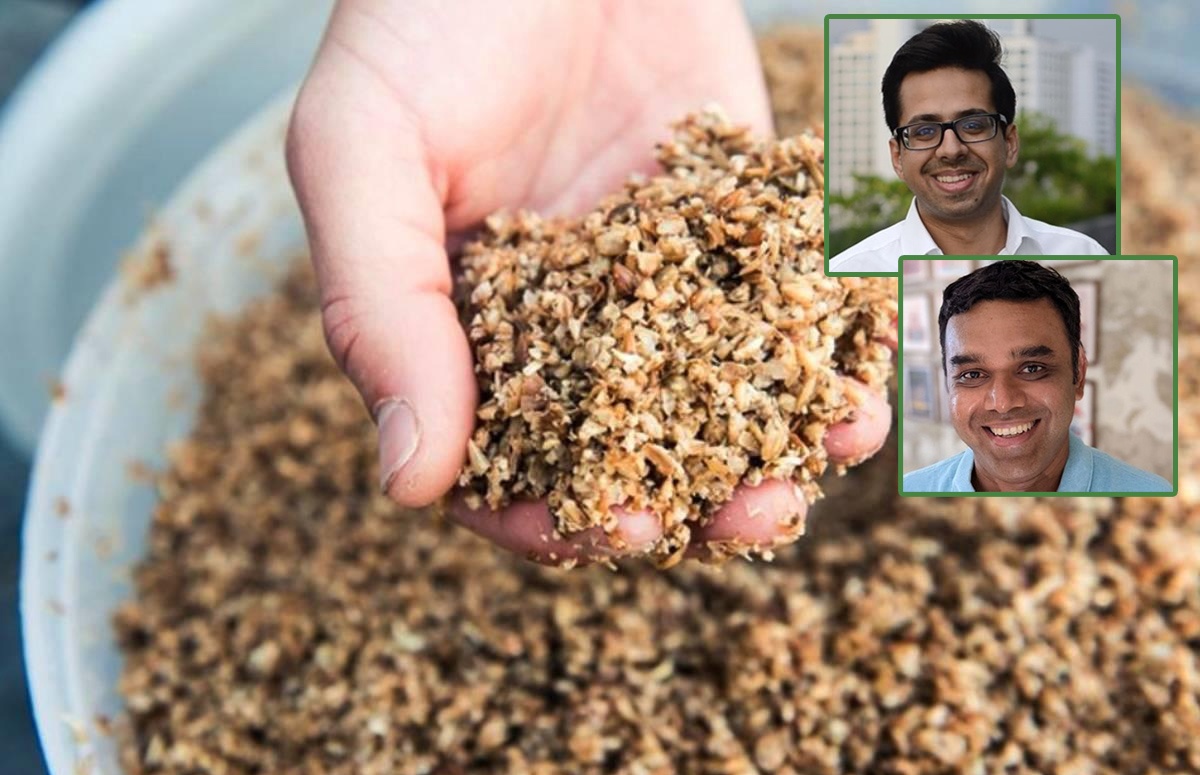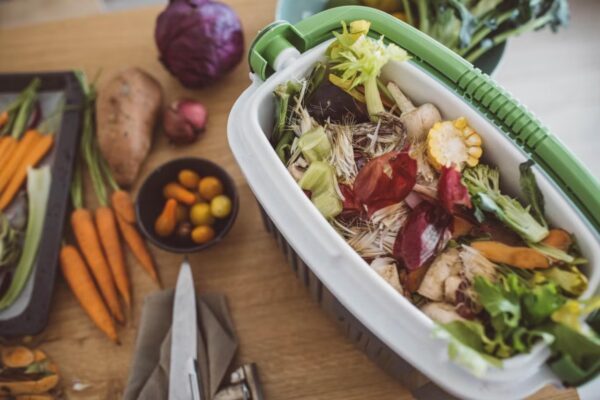Wastelink: Eliminating Food Waste by Turning it Into Nutritional Animal Feed [Interview]
Gurgaon-based sustainable circular economy company, Wastelink, is transforming food waste and surplus into nutritional animal feed
India is a big country with an even bigger populace, 14 percent of which is undernourished. The reason is not enough produce but the immense amount of food waste, which could potentially fill every hungry stomach in the nation. India is only second to China when it comes to food waste. Wastelink is thriving to solve the country’s food waste problem by turning it into nutritional animal feed.
A food surplus management firm, Wastelink, helps food manufacturers, kitchens and restaurants manage their surplus and waste through an innovative operating model that makes food waste management sustainable and financially sound. Wastelink aims to tackle this huge problem in a world of food scarcity, overpopulation and climate crisis through its unique approach of turning food waste into animal feed.

Image: Wastelink
By joining the immense efficiency of the circular economy approach, the firm discontinues incineration-based emission of greenhouse gases and the destroyed cost of natural resources, while helping reach a self-sustaining food configuration. Upcycling food waste or food by-products offers a chance to generate high nutrition animal feed.
When it comes to food waste, India generates high pre-consumer wastage in the production and distribution of food, as compared to developed countries that have large amounts of post-consumer waste. Apparently, Indian households generate 50 kg per capita per year according to the UNEP Food Waste Index Report 2021, which amounts to a total of 69 million metric tons a year.
While it is not generally known, food waste directly contributes to climate change. It creates greenhouse gases when dumped in landfills or burned down, accounting for 10 percent of the total annual emissions.
Wastelink collects food by-products, surplus materials and produce rejects from food producers and converts them into nutritional-rich feed for animals. It not only helps eliminate food waste but prevent wastage of resources and aid food producers curb their costs.

We got in touch with Wastelink to know more about thier mission of turning food waste into animal feed. Here is the inquisitive Q&A session with them!
Planet Custodian (PC): What inspired the mission to eliminate food waste, the Wastelink way?
Wastelink: Food waste is an environmental nuisance. It contributes to global warming and climate change. A massive amount of resources go into producing each ounce of food, of which a huge chunk (approximately one-third)) goes unutilised. There was a deficit of efficient ways to deal with the waste of this magnitude in the country.
Saket Dave, the founder Wastelink, recognised this problem, saw the potential that food waste upcycling industry has, and set out to find a viable solution to keep this food waste within the chain by upcycling it into high-protein animal feed, thereby making sure that valuable resources find a way to get consumed.
Wastelink’s solution also addresses the feed supply deficit problem in India. By upcycling food into feed that is high in nutrition, we are fulfilling the supply shortage of feed while helping farmers improve their yield. What we do converts food surplus/rejects into animal feed before it becomes useless “food waste”.
PC: Upcycling food waste is gradually becoming a mainstream trend. Your take on its significance?
Wastelink: The significance of this trend is twofold. Upcycling food waste makes environmental as well as economic sense. The climate crisis and the need for sustainability have gained a central stage in the world. More and more governments and organizations have started becoming climate-conscious.
As population and food production will keep on increasing, so will the generation of food waste. This is why new ways for the sustainable handling of food waste are gaining significance.
By upcycling food waste, food manufacturers get the double benefit of being an eco-friendly company, along with earning revenue for selling off what is waste to them. The realisation of the scarcity of resources and the vulnerability of climate, along with increased demand for consumer goods, calls for the integration of organisations into the circular economy.
PC: What core issues do you think your initiative addresses?
Wastelink: Wastelink addresses four main issues-
- Global warming through food waste
Wasted food contributes 23% of total food emissions. By partnering up with Wastelink, food companies are preventing the contribution to GHG emissions.
- Resource wastage through food waste
Food waste is a major problem – over 200 million metric tons each year in India. Commercial food waste or pre-consumer food waste is over 150 million metric tons each year.
Wasting food means wasting water, fuel, electricity and labour. Wastelink addresses this issue by making food companies go ZERO waste. By buying their food surplus/rejects and converting it into animal feed, these resources find a way to get utilized.
- The sunk cost of food waste for food companies
The resources contained in the food surplus/rejects represent a loss to a company. Moreover, food companies have to pay in order to dispose of their food waste.
Wastelink addresses this problem by collecting the wasted food from the company and paying them a fee in return. In this way, what was earlier a cost has now become a source of revenue for them.
- Supply deficit of high-nutrition animal feed
Livestock in India does not receive adequate nutrition that would maximize their yield (e.g., milk output, fat content in milk). Farmers are continuously increasing their adoption of compound feeds with demonstrated yield improvements.
Our firm provides farmers with affordable, high nutrition animal feed across the country all year round. The formula for our feed has been developed by feed nutritionists and fulfils the nutritional needs of livestock, hence, making them healthier and yielding better results for the farmer.
PC: Which locations in India do you source the raw material from?
Wastelink: We source our raw materials from 300+ distributors and factories across India. Several leading food and feed manufacturers are among our partners in the circular economy solution we provide.
PC: How does the whole food-to-feed recycler approach work?
Wastelink: We have developed a technology platform and nutrition science that helps in capturing the huge upcycling opportunity provided by the magnitude of food waste in India. Our industry-first solutions are tailored for food producers, distributors and retailers.
Our comprehensive technology platform helps food companies manage and monitor the process of realising value from their waste by providing complete transparency and traceability.
We collect food surplus/rejects from any part of the supply chain (farm, manufacturing, packaging, distribution and market). This food surplus/reject is then transported to one of our 4 dedicated facilities (that have the processing capacity of 1000 MT per month) to be converted into feed.
PC: What do you reckon the nation can do to eliminate its food waste?
Wastelink: In India, ⅔ of food waste is generated in the production and supply chain. The best way to address this issue would be to improve the supply chain by making it more efficient through better technology, management and infrastructure.
As the rest ⅓ of food waste is generated at the post-consumer level, households in India need to be more mindful about the quantity of the food they buy and the way they deal with it. Food planning, along with an increased consciousness about sustainability is needed for that.
The introduction of new techniques to efficiently address the food waste problem is also in demand more than ever in the current era.
PC: How impactful has your initiative been since its inception?
Wastelink: We have produced over 4,000 MT of animal feed, preventing over 5,000 MT GHG emissions. We have helped food companies in over 100+ cities go, zero-waste.
PC: What’s the next level-up for Wastelink?
Wastelink: Around 150 million MT of commercial food surplus is available for upcycling in India, annually. Our goal is to grow and get a larger chunk of that number. Our business model is poised to scale 10x in the next 12 months.
We hope to be the largest food waste recycler in India, processing more than a million tonnes annually, have over half a billion-dollar revenue and diversify our scope by exploring meat processing, food to food recycling, etc.


